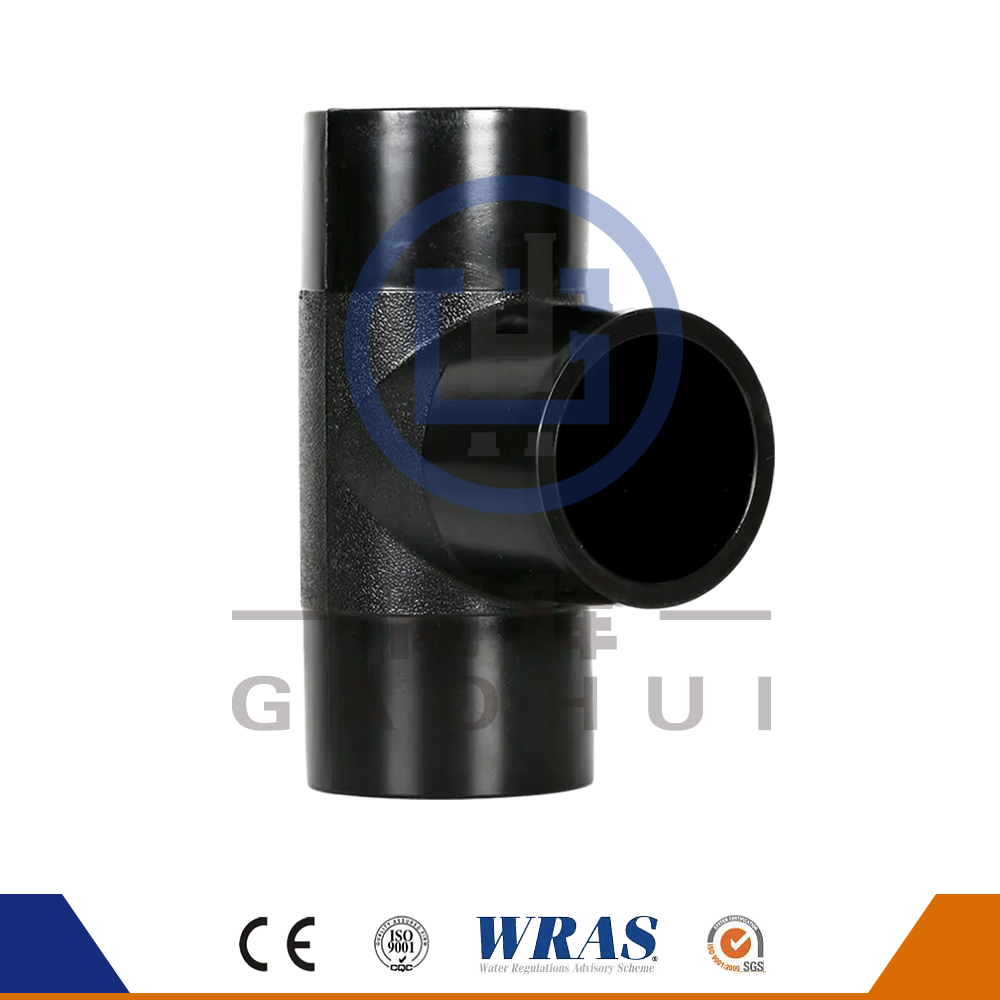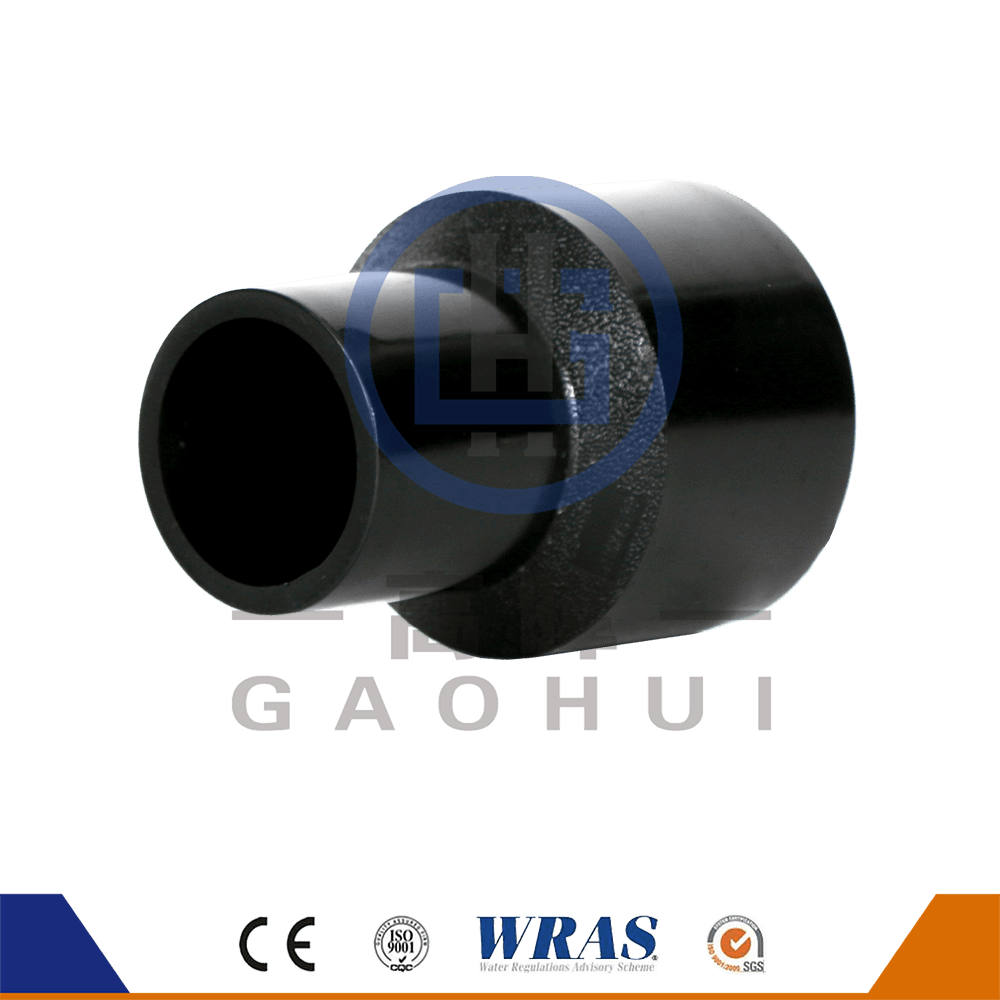As an important pipe connection equipment, the socket welding machine works by welding the pipe end and the socket together through thermal fusion to form a strong and reliable connection. This process plays a vital role in pipeline engineering, ensuring the safe operation and stability of the pipeline system.
During preparation, the operator needs to place the pipes and sockets to be connected on the socket fusion splicer. Before that, the ends of the pipes and sockets need to be kept clean and smooth to ensure a quality connection. The completion of the preparation work lays the foundation for the subsequent welding process.
Next comes the heating stage. Start the heating plate of the socket fusion splicer. The heating plate heats the pipe end and the surface of the socket to above the melting point through electric heating or other means. During this process, the material at the end of the pipe and the socket gradually softens and melts, preparing it for welding. Temperature control during the heating process is very critical, and it is necessary to ensure that the appropriate melting point temperature is reached to ensure welding quality.
When the temperature of the pipe ends and sockets reaches the melting point, they begin to soften and melt, forming a molten layer. At this time, by applying appropriate pressure, the end of the pipe and the socket are in close contact and fused with each other. This step requires the operator to master the control system of the welding machine to ensure that the applied pressure and welding time are just right to ensure welding quality.
When the welding process is complete, turn off the heating plate and allow the welded pipe ends and sockets to cool naturally. As it cools, the molten material resolidifies, forming a strong connection. The length of cooling time depends on the nature and thickness of the material, and usually requires a certain amount of time to ensure complete solidification of the weld.


 English
English русский
русский عربى
عربى











